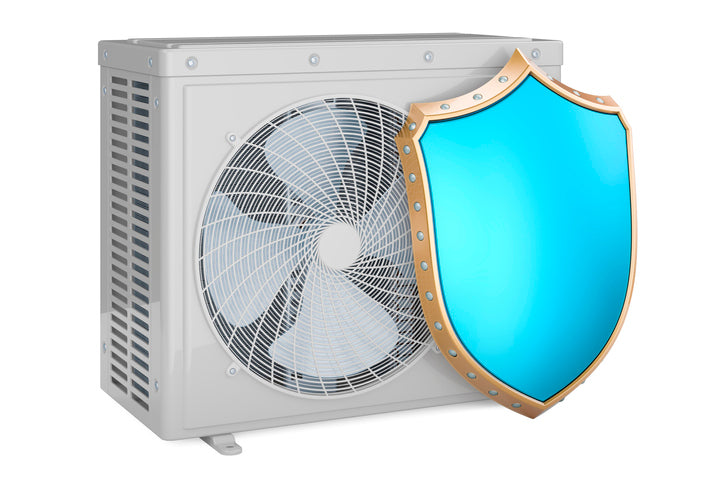A Brief Review on SEER & Energy Efficiency

Are you a SEER seer? Let’s get to the point: do you know what SEER means and how it affects your home or business’s air conditioning system? SEER stands for Seasonal Energy Efficiency Ratio/Rating. It’s the ratio of cool air it delivers during a season when it is most active divided by the amount of energy it uses (in Watt-hours). Basically, the higher the SEER, the less energy the device uses to produce cool air. Like gas mileage or other measurements of fuel to output, a high SEER tells you how well the device will work to keep you cool. To learn more, check out this brief review on SEER and energy efficiency.
Where Do SEER Ratings Come From?
The US Department of Energy determines SEER. Air conditioner efficiency is rated by a trade association known as the Air Conditioning, Heating, and Refrigeration Institute, but the US government determines the minimum SEER for every unit. In 2023, the Department of Energy decided on a minimum SEER rating of 14 in the northern United States and a 15 rating in the South, reflecting the differences in climate. Such ratings were decided upon in the interest of the conservation of resources and the protection of the ecosystem.
Becoming a SEER Seer
What’s the right SEER rating for your home? It depends. Various factors—environmental, utility rates, construction, and residence size—all place demands on the air conditioning device to provide you with energy savings. While a higher rating means greater energy savings, it’s equally true that the higher the rating, the higher the price of the device. You won’t necessarily save big bucks by buying a device with the highest SEER rating, as it may be more than your residence needs. Also, the outlying costs of the purchase plus installation might consume the energy savings it delivers. You can’t stay “cool” if you’re worried about paying for an expensive system!
How To Choose the Right Unit
You have several choices for air conditioning units. You could choose the ducted HVAC system or make do with a window unit that you can install during hot months and put away when it cools down. Ductless and ducted mini split systems are also available. Whatever you choose, look at the number of BTUs the unit produces, and divide it by the SEER rating. Divide the result/quotient by 1,000. This will show you how many kilowatts it uses each hour. Multiply the product by the estimated number of hours the device will theoretically operate, then multiply the result by the cost of kilowatt hours. This value is how long it will take for you to recoup your investment, so choose wisely!
That’s a brief review on SEER and energy efficiency. If you have other questions, contact us for a consultation today!







